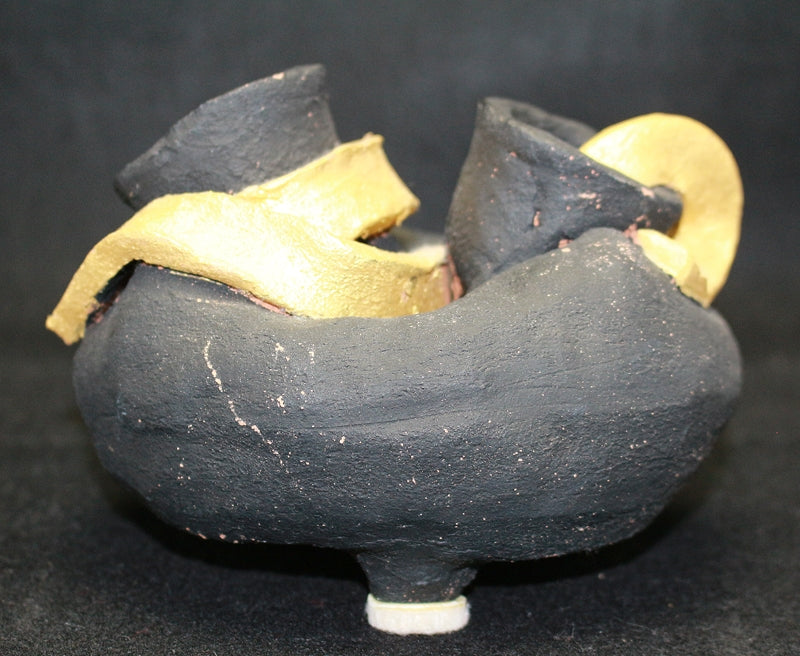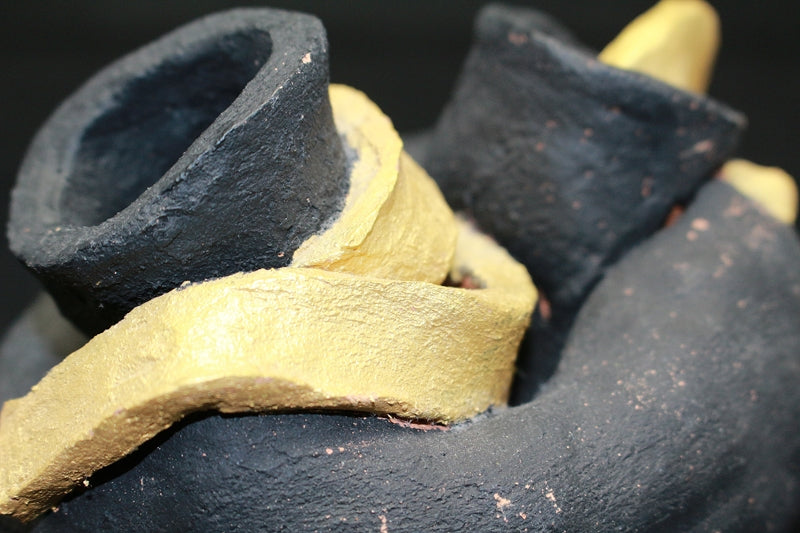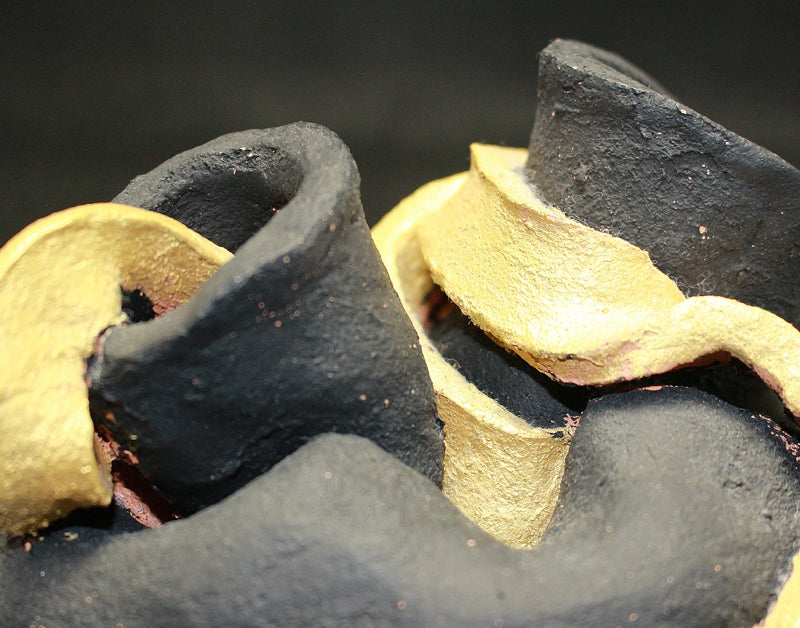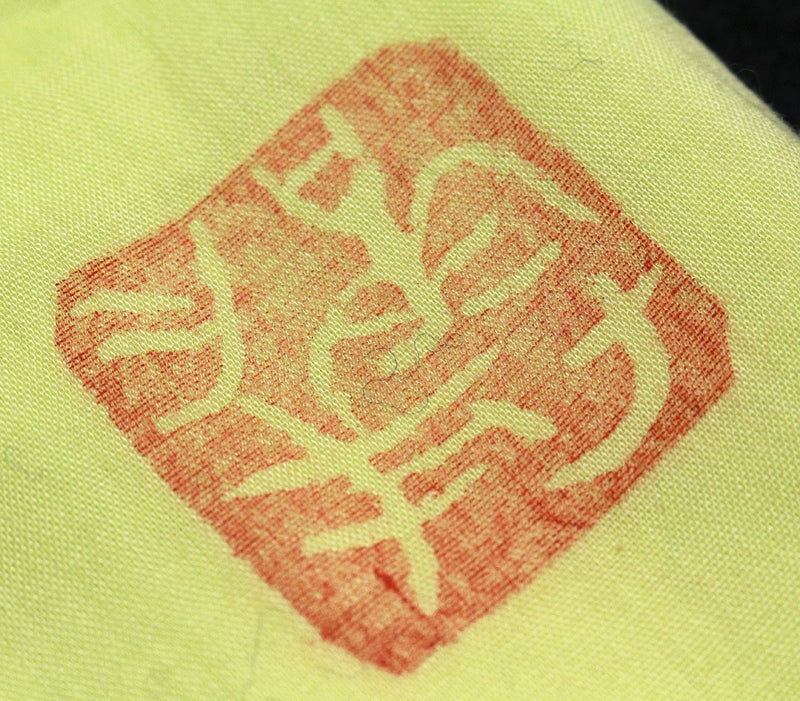NaN
/
of
-Infinity
Product number: SKU:24337
24337 IKEDA Masuo (Gun'83)
24337 IKEDA Masuo (Gun'83)
Sold out
【Related categories】































Height 10.6cm
Width 14.2cm
Depth 13.2cm
Ikeda Masuo (February 23, 1934 - March 8, 1997) was a Japanese artist who was active in a wide range of fields, including painter, printmaker, illustrator, sculptor, ceramicist, author, and film director, going beyond the traditional boundaries of art. He was known as an erotic artist, and many of his works had a sensual style. However, due to his wide range of activities and versatility, "Ikeda art" is still not properly evaluated even today, despite its high level of fame.
It is not widely known that in his later years, Ikeda devoted himself to making ceramics. From his first visit to the United States in 1965, he interacted with Peter Vorkos, a leading figure in the American ceramics world. After returning to Japan in 1983, he devoted himself to ceramics. The Heart Sutra series, which he created three years before his death, is said to be his greatest ceramic work. He created the spiritual world of the Heart Sutra in three dimensions, rather than in two dimensions. His works, such as Jizo and pagodas, are completely different from the image of Ikeda's woodblock prints, which earned him the reputation of being an erotic artist. Ikeda's ceramic works are characterized by the fact that they are deliberately made to break, and Ikeda himself described them as an "aesthetics of destruction."